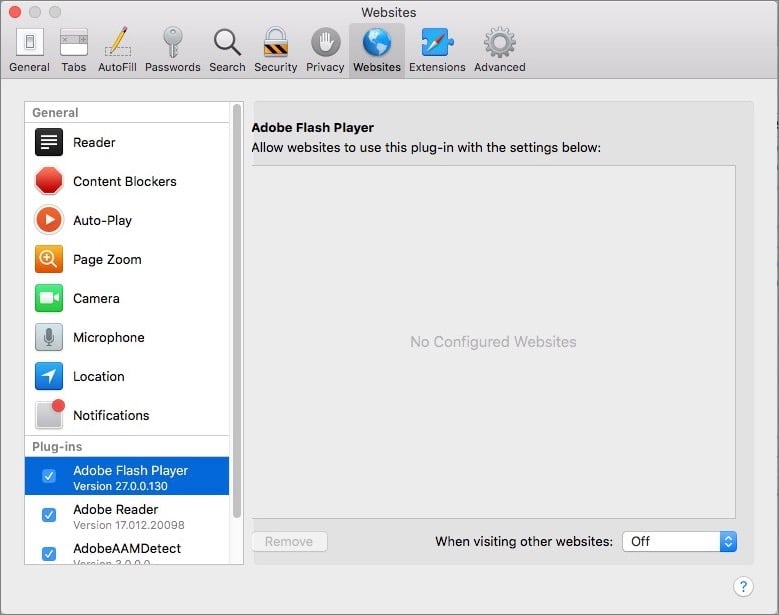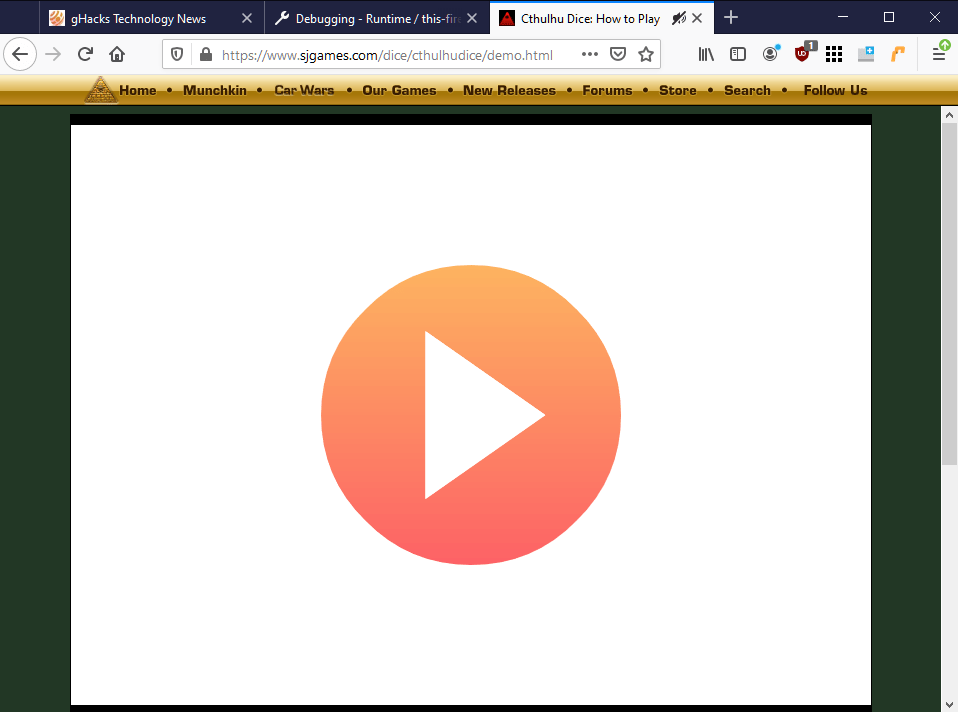
- #ADOBE FLASH NOT WORKING ON CHROME WINDOWS 10 INSTALL#
- #ADOBE FLASH NOT WORKING ON CHROME WINDOWS 10 UPDATE#
- #ADOBE FLASH NOT WORKING ON CHROME WINDOWS 10 PATCH#
- #ADOBE FLASH NOT WORKING ON CHROME WINDOWS 10 SOFTWARE#
Now, when you go to a site that uses flash, it'll ask you whether you want to allow Flash to do its thing. It'll now say "Ask first": Flash will ask whether you want to allow it to run Once you're there, scroll down until you see the option for Flash player: Scroll down to Flash, right below JavaScript Allow Flash to runĬlick on "Flash" and, where it says "Block sites from running Flash (recommended)", toggle the switch on.
#ADOBE FLASH NOT WORKING ON CHROME WINDOWS 10 INSTALL#
Access content settingsĪs Chrome has its own built-in version of Flash, you don't need to install a plugin or anything.Īnd the easiest way to get into Chrome's settings is by visiting chrome://settings/content. Since Google Chrome automatically disables Flash player, you'll need to enable it if you want it to work. In this tutorial, we'll walk through the steps you need to follow to enable Flash player in Chrome. And if you come across one of those sites, you're probably gonna want to see what that content is.
#ADOBE FLASH NOT WORKING ON CHROME WINDOWS 10 SOFTWARE#
Whole websites can even be powered by Flash.Īlthough Flash usage is way down, and Adobe is retiring the software in 2020, certain sites still use it today. However, the company will still remove Flash from both browsers by December 2020 as per the original plan.Remember Adobe Flash player? It's that nifty software that lets websites embed videos and web games.
#ADOBE FLASH NOT WORKING ON CHROME WINDOWS 10 UPDATE#
"We no longer intend to update either Microsoft Edge (built on EdgeHTML) or Internet Explorer 11 to disable Flash by default," noted Williams. Previously it was planning a mid- to late-2019 change that would disable Flash by default and allow users to re-enable Flash and require approval to use Flash on a site-by-site basis. Microsoft has also tweaked its plan regarding Flash for the original Edge and Internet Explorer 11. SEE MORE: With Chromium-based Edge, has Microsoft finally found a viable browser strategy? At some point the new Edge will replace the original Edge. The company hasn't said when it will launch the Stable channel for the new Edge, but it could be late this year or early 2020.


Microsoft's newly announced plans for Flash on Chromium-based Edge follows the first beta release on August 20. Flash support will be removed entirely from Chrome in December 2020. As of Chrome 76, released in July, even if a user has enabled Flash for a site in the past, they'll need to re-enable Flash for that site and any other sites for each visit. That's in line with Google's current position in its roadmap for removing Flash from Chrome. "Flash will initially be disabled, and the user will need to re-enable Flash on a site-by-site basis Flash will be completely removed from the browser towards the end of 2020." "In the next version of Microsoft Edge (built on Chromium), we will continue to retire Flash in the same timeframe as other Chromium based browsers," explained Colleen Williams, senior program manager for Microsoft Edge. However, that was before Microsoft's decision last December to ditch Edge based on EdgeHTML and build new Edge on Chromium. SEE: Six in-demand programming languages: Getting started (free PDF)Īt the time, Microsoft, Apple, and Mozilla also announced their plans for retiring Flash in their respective browsers. Not surprisingly, Microsoft will retire Flash in the new Chromium-based Edge browser, and it will happen in the same timeframe as the plan Google announced in 2017, when Adobe revealed it would stop supporting Flash at the end of 2020. AWS: Here's why we are investing in the Rust programming language.

#ADOBE FLASH NOT WORKING ON CHROME WINDOWS 10 PATCH#


 0 kommentar(er)
0 kommentar(er)
